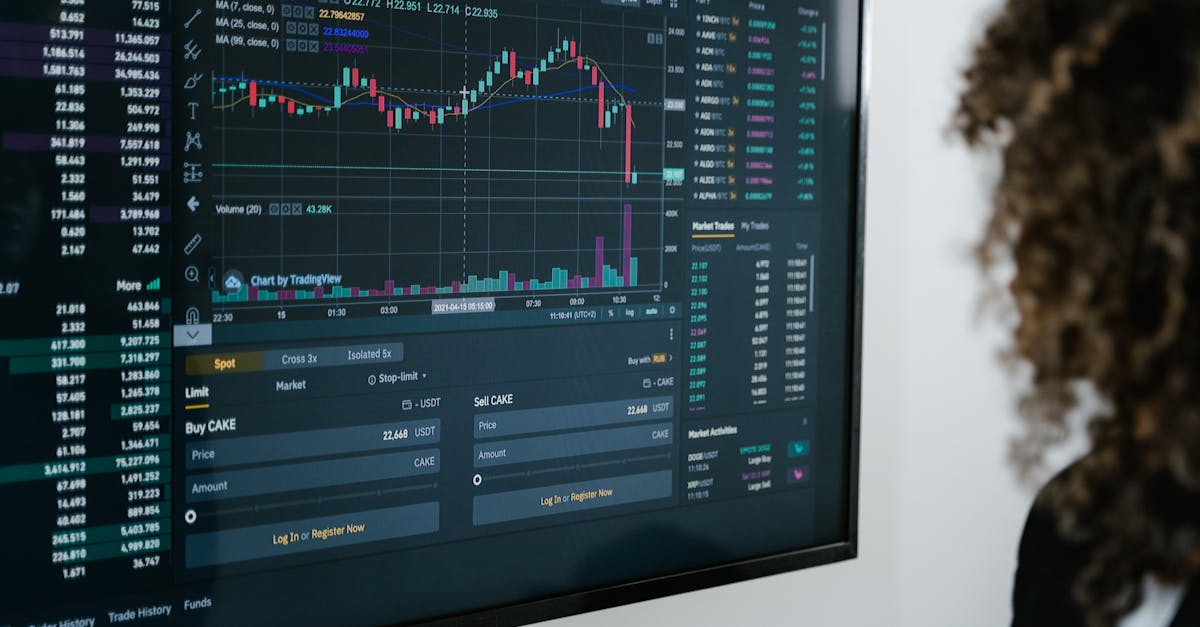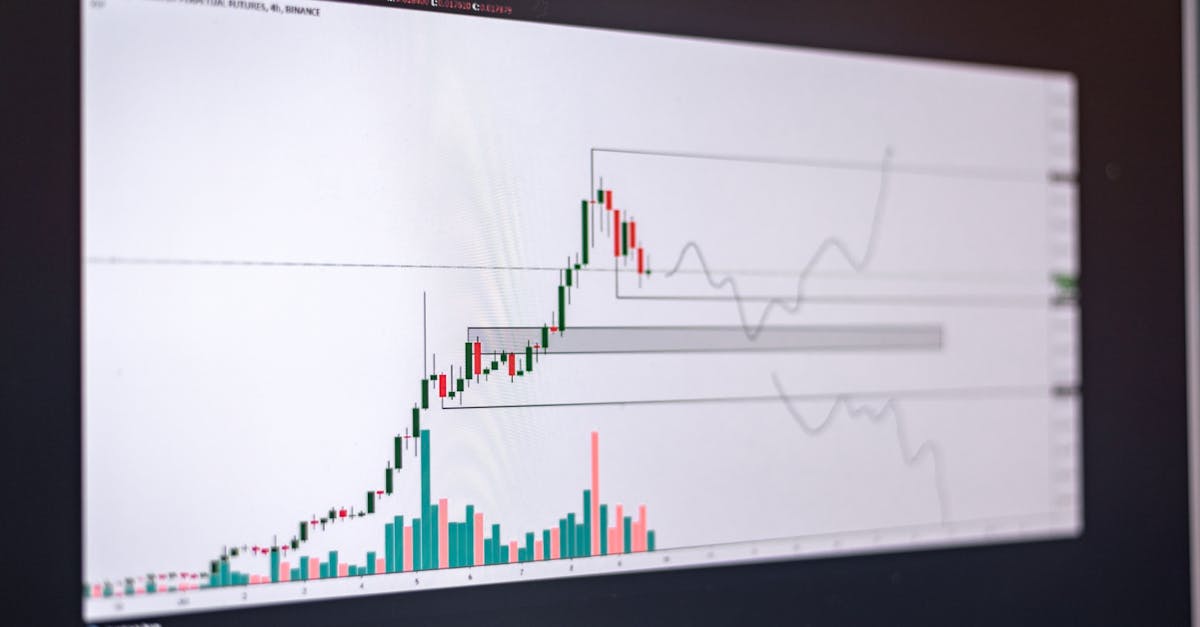Understanding Fiscally Dynamic Trends 2026
Introduction
As we approach the year 2026, the global financial landscape is undergoing rapid changes that promise to reshape economic dynamics massively. Investors, corporations, and nations alike are navigating this evolving terrain to capitalize on emerging opportunities. Terms like "fiscal agility," "digital currency revolution," and "green finance" are becoming integral to conversations around economic growth. These trends are not only revitalizing traditional markets but also paving the way for new financial strategies. Understanding these trends is pivotal for stakeholders preparing to face the uncertainties and opportunities of tomorrow's economy. This article aims to highlight the foremost fiscally dynamic trends anticipated to transform the world by 2026.
Advertisement
The Surge of Digital Currencies
Digital currencies have been steadily gaining traction over the past decade, and by 2026, they're expected to become a mainstream element of financial transactions. Central banks across the globe, including the Digital Yuan, Euro, and Federal Reserve's potential digital dollar, are exploring or implementing Central Bank Digital Currencies (CBDCs). These digital assets promise heightened transparency, reduced transaction costs, and increased financial inclusion. Moreover, the efficiency of cross-border transactions makes them an attractive alternative to traditional currencies. Yet, the rise of digital currencies also demands robust regulatory frameworks to ensure their stability and acceptance in conventional financial systems. The evolution of digital finance heralds a brave new world for global trade and commerce.

Advertisement
Green Finance Revolution
Environmental sustainability is increasingly at the forefront of fiscal policies worldwide, a trend forecasted to be even more prominent by 2026. "Green finance" encompasses a range of financial services and products designed to support environmentally-friendly initiatives and mitigate climate change. Renewable energy projects, green bonds, and sustainable investment funds are gaining traction among investors prioritizing environmental impact alongside financial return. Furthermore, governments are introducing incentives and regulations to promote eco-friendly business practices. As more corporations disclose environmental risks and progress, stakeholders are better equipped to make informed decisions. This growing commitment to sustainable finance promises a more resilient, ecologically balanced economy.
Advertisement
AI and Automation in Finance
The integration of Artificial Intelligence (AI) and automation into financial systems is revolutionizing how businesses operate with unprecedented efficiency and precision. By 2026, AI-driven analytics and automated processes are expected to dominate risk assessment, fraud detection, and personal finance management. For financial institutions, deploying AI can significantly enhance customer experiences, streamline operations, and reduce operational costs. Meanwhile, AI also presents security challenges, necessitating vigilance in managing data privacy and ethical AI use. Navigating the fine line between innovation and risk requires strategic planning and an adaptable mindset.
Advertisement
Changing Dynamics of Global Trade
Global trade patterns are evolving significantly, influenced by trade agreements, geopolitical shifts, and technological advancements. By 2026, digital trade channels, like blockchain-powered smart contracts and AI-enhanced supply chains, will streamline international commerce. Protectionist policies and tariffs remain challenges, provoking countries to explore new trade alliances and innovation-focused strategies. The need for diversification and resilience against unexpected global disruptions emphasizes the importance of understanding the shifting trade landscape. Companies that stay ahead of these trends can better position themselves for profitability and long-term growth.
Advertisement
The Evolution of Tax Policies
Governments around the world are reassessing their tax systems to accommodate the digital economy and concerns over tax base erosion. By 2026, taxation models are anticipated to be more complex, reflecting the intricacies of a globalized and digitalized economy. With tech giants expanding their influence, global regulations and tax frameworks, like the OECD's Base Erosion and Profit Shifting (BEPS) initiative, aim to create a fairer tax environment. However, balancing economic growth with equitable tax practices remains an enduring challenge. Staying informed about evolving tax policies and compliance requirements is crucial for businesses and individuals alike.
Advertisement
Rise of Financial Inclusion Initiatives
Promoting access to financial services remains a key global agenda, expected to see substantial progress by 2026. Technological advancements, including mobile banking and fintech solutions, are making financial services accessible to unbanked populations even in remote regions. Micro-financing and cooperative banking models are gaining traction, allowing smaller enterprises to thrive. International organizations and governments are collaborating to foster inclusive financial ecosystems. These initiatives not only drive economic growth but also contribute to poverty alleviation and overall societal well-being. The expansion of financial inclusivity heralds a brighter future for underserved communities worldwide.
Advertisement
Cryptocurrency and Investment Strategies
Cryptocurrencies have continued to mature rapidly, becoming integral to modern investment strategies. By 2026, diversified portfolios will likely include crypto assets alongside traditional investments like stocks and bonds. Institutional investors are recognizing the potential high yields and portfolio diversification offered by cryptocurrencies. However, the volatile nature of crypto markets compels investors to adopt risk management strategies diligently. Continuous education and awareness surrounding blockchain technology and crypto market dynamics are essential for well-informed investment choices. Embracing this dynamic financial instrument requires both an innovative spirit and a cautious approach.
Advertisement
Globalization and Financial Collaborations
Financial collaboration across borders has intensified, promising to revolutionize fiscal dynamics by 2026. Globalization allows companies to leverage international partnerships, sourcing, and strategic investment opportunities. Cross-border mergers and acquisitions, increased foreign direct investment, and collaborative fintech ventures underscore this trend. These global integrations often offer new avenues for business expansion while posing challenges such as regulatory compliance and complex cross-cultural negotiations. Cultivating cultural intelligence and flexibility will be vital for enterprises seeking to thrive in this interconnected financial landscape.
Advertisement
Conclusion
The financial world in 2026 promises to be a complex tapestry woven with technology, sustainability, and globalization. Embracing digital currencies and green finance are critical steps towards a more efficient and environmentally responsible future. As AI and automation shape financial systems, the need for robust security and ethical considerations becomes evident. Understanding the implications of evolving tax policies and trade dynamics is essential for adaptability in a globalized economy. Lastly, fostering financial inclusivity and capitalizing on cryptocurrency opportunities can drive equitable economic growth. These trends collectively define the fiscally dynamic era poised to transform the 2026 financial landscape.
Advertisement








